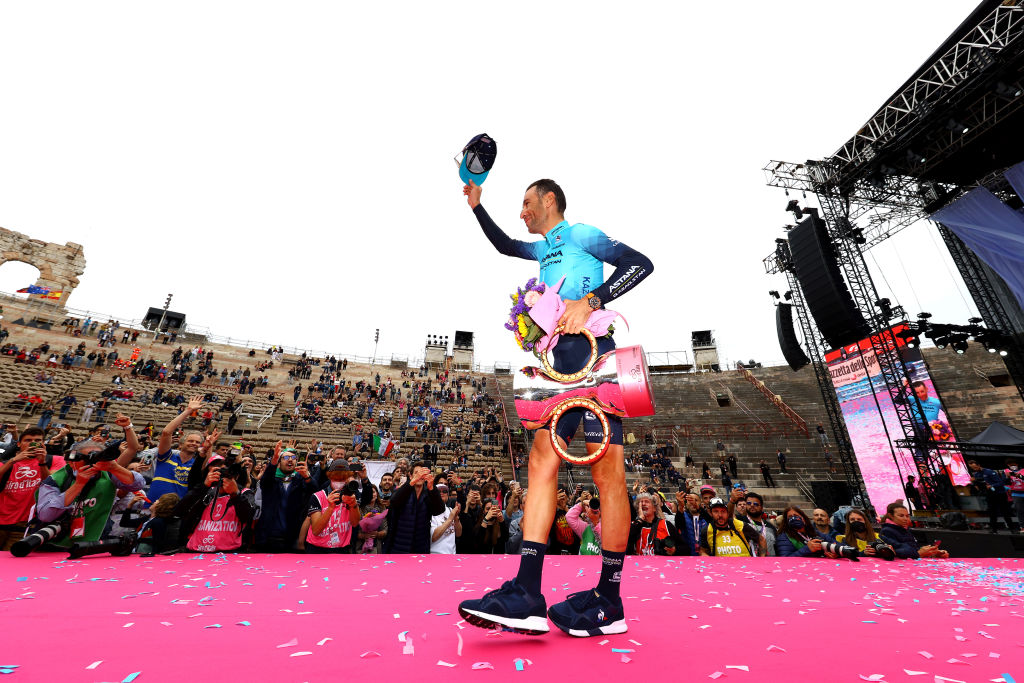10 ways Zwift Racing is exactly like real-life road racing, but also totally different
Indoor cycling's most established racers share the similarities and differences between cycling's fast-growing discipline and its roots
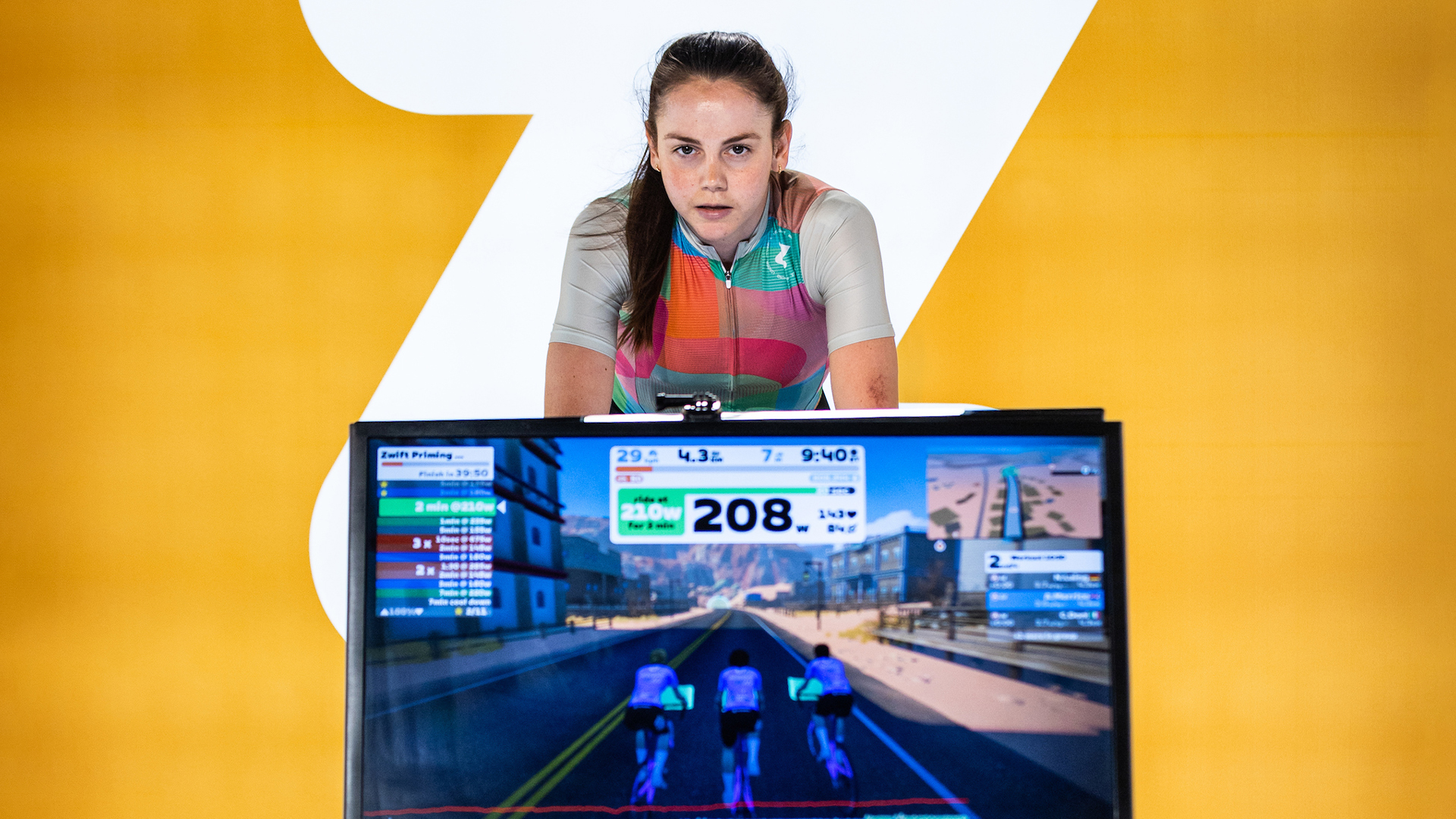
It's taken over 500 races to realize that Zwift is exactly like real-life road racing, but also not at all. I'm an amateur cyclist, in every sense of the word, based in the northeast of the USA, and the lure of New England's hilly stage races has long been irresistible and exhilarating. For decades, the lust for competition and pursuit of the perfect race marched a campaign up and down America's East Coast. Racing meant the road with its wide-open expanses, wooded canopies, and anticipating horizons.
When the change of seasons forced the committed indoors, it was onto the turbo. Like many, my passion for fitness maintenance and off-season performance gains made it an accepted necessity. Droning away for hours was commonplace, perfectly content with the rudimentary resistance variation of any "high-tech" device.
Non-cycling friends shook their heads, and the traditionalists acknowledged with guarded approval. As time passed, and technology advanced, distant voices formed a new pack of racers. They were called virtual cyclists.
That was five years ago, and today, over 500 races later, a virtual cycling denial within me evolved from an accepted evil to a preferred passion. Now they're called 'indoor specialists'. They know from the experience of success and failure, trial and error, that Zwift is exactly like real-life road racing and not at all, and I'm proud to consider myself one of them.
My first Zwift race was in 2016. If only I knew then what I know now.
But as the 2022 Zwift Academy winners are announced and two new e-racers graduate to the real world, I spoke to a variety of indoor cycling specialists at every level of the journey; many of whom have forgotten more than I'll ever know. Here's what they had to say.
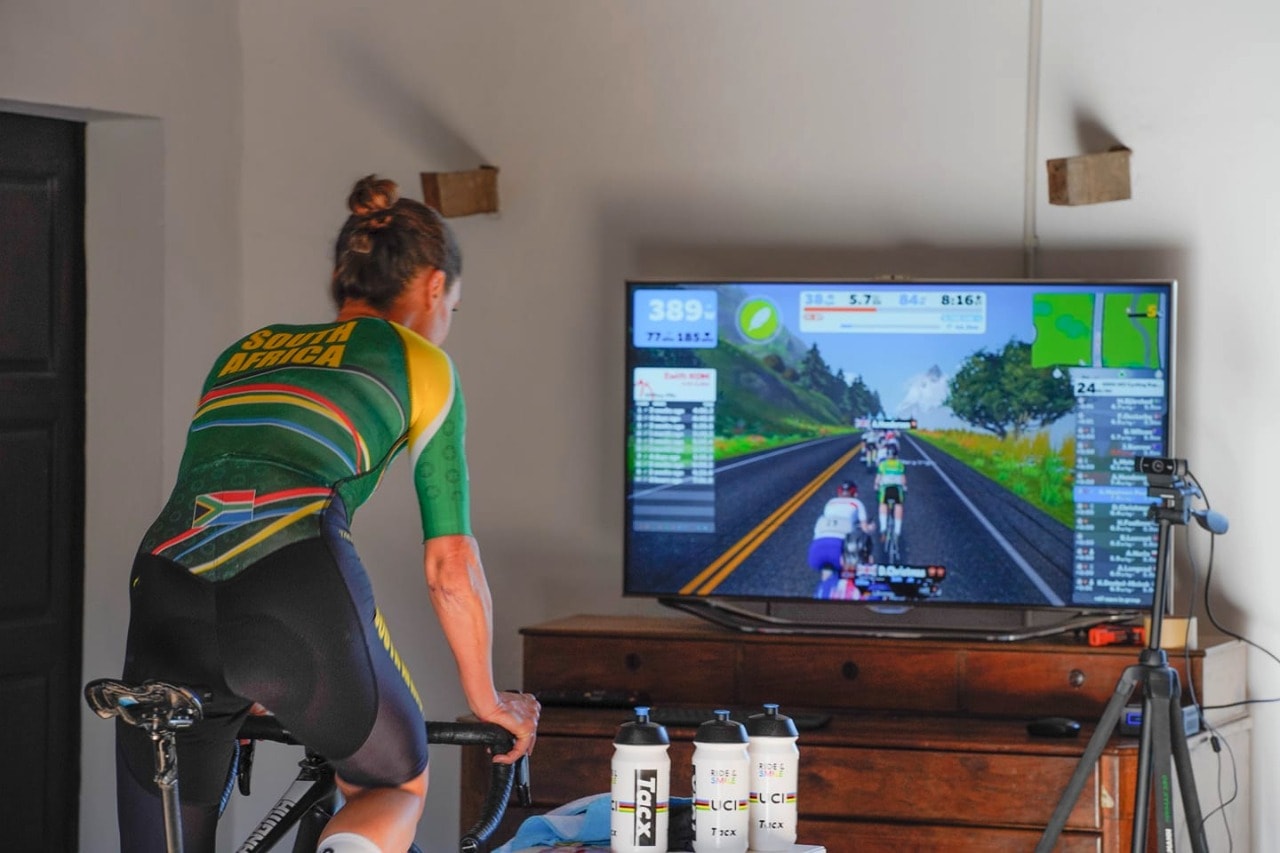
Exactly like real racing, not real racing
Zach Nehr races at Zwift's highest level, is a US domestic pro on the road, and, as a regular contributor to Cyclingnews, is an authority on comparative pro data analytics.
The latest race content, interviews, features, reviews and expert buying guides, direct to your inbox!
"I think that cyclocross most closely resembles Zwift racing because of its hard start, sustained effort, and repeated sprints," Nehr states. "Most cyclocross races are 30-60 minutes, the same length as most Zwift races.
"Cyclocross always starts with a sprint off the line, much like a Zwift race. After that, the pace hardly relents, and you'll never be riding in Zone 1 during either a cyclocross or Zwift race. There will be many sharp punches out of corners on the cyclocross course, like sprints up climbs and surges following attacks in a Zwift race.
"After a 30-60 minutes mix of sweet spot, threshold, and VO2 max, there is almost always a big sprint at the end of both cyclocross and Zwift races. Depending on the course, these sprints may be short and explosive, or they could be a long, 1-minute attack at the end of the race.
"Either way, you will feel completely empty when you cross the finish line at the end of a cyclocross or Zwift race."
Nehr's power data comparisons back it up, as does the observation of Christopher Wallner of VA, USA, with 17 Zwift races to his credit. "Races start before the countdown ends. People are in the pens getting ready for a hot start, so warm up in advance."
The more seasoned Shawn McAfee of TX, USA, has 417 races and confirms the unrelenting cyclocross-like nature saying, "Holding a Zwift group's wheels doesn’t allow for hardly any break in pedalling. Like Dory from Finding Nemo, 'just keep pedalling.'"
Unlike when I got dropped in my first race, pedalling isn't the only thing that equates to success in Zwift racing now; as it has evolved over the years, it has evolved to mimic real-world racing, but with its own quirks.
1. Strategy and tactics
If you don't do your homework, the chances of Zwift racing fame are fleeting. For a good reason, according to Vincent Davis of CO, USA, "It's just like real life racing at 3X speed. All the same tactics and strategies work, but it compresses time, and everything speeds up in your head."
All of the same real-life road racing principles apply, like course recon, reading the race, focus, and pre-race planning.
Jason Soza of AK, USA, has 285 races and agrees that "Smart watts win more often than high watts. Knowing where to push hard and when to hang back is a skill and takes a lot of time to build." More and more Zwift racing success comes from skill and planning, and fitness isn't the only factor.
Ben Finesilver is a Zwift racer from China with 159 races and confirms, "It's essential to plan your race in advance. Know where sections are and estimate how long those segments take. Consult your power curve and give yourself a range you can sustain."
Casey Ferguson of FL, USA, agrees that timing, patience, and attention are integral. "Timing is everything. Getting a bunch sprint and the last 1km right takes a lot of paying attention, recognizing the stronger riders, and dialling in the perfect time and place to jump."
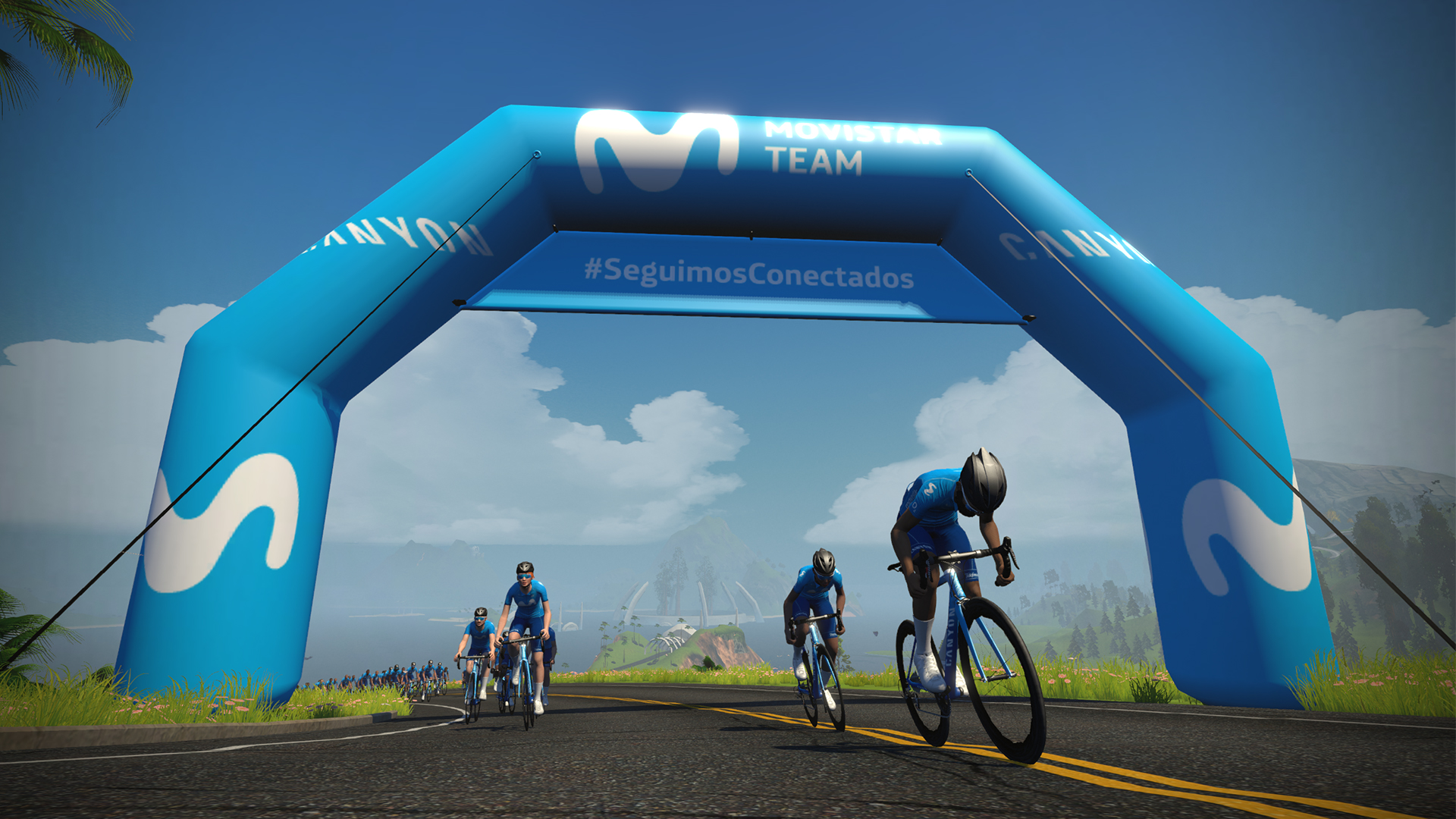
2. Teams
Team racing on Zwift predominates, and most popular events series are team-based. New Zealand's Anna Russell races at Zwift's highest level and co-hosts a weekly Zwift roundup podcast called "The Wrap." She alludes to her Saris Nopinz team Directeur Sportif Jennifer Real saying, "A good DS can eke out an extra 10-15 watts."
Not only for the reasons mentioned by Steven Morgan of the UK. "You will work harder, push a little more, and endure discomfort for your fellow sufferers who eventually become long-distance friends."
Teams communicate through third-party apps like Discord and Whatsapp. The Director Sportif (DS) oversees the race with a birds-eye view. It's like sitting in the team car with race radios, but better, more like a team helicopter.
3. Drafting
In-game drafting physics is another area of significant improvement during the five years of competition. Drafting is as integral in Zwift racing as any other discipline, perhaps more so.
Effective use of the draft is essential, according to Casey Ferguson. "Watching the 3-4 riders above or below me (on the user display) and matching their W/KG (watts per kilogram) is so important to sit tight in the pack. When there, use every opportunity to breathe and recover."
Alice Grindheim of Norway has 196 races and confirms, "I like watching how riders move in the pack, not the numbers. If people are moving past me quickly, I need to punch it a little to hold my position and not get dropped, and the other way, if I am moving past others too quickly."
Drafting is an essential part of real-world cycling, and Zwift is continually developing in this area and is currently working on 'Pack Dynamic version four'. The goal is an endless quest to create a more realistic experience and encourage aggressive racing and dynamic scenarios.
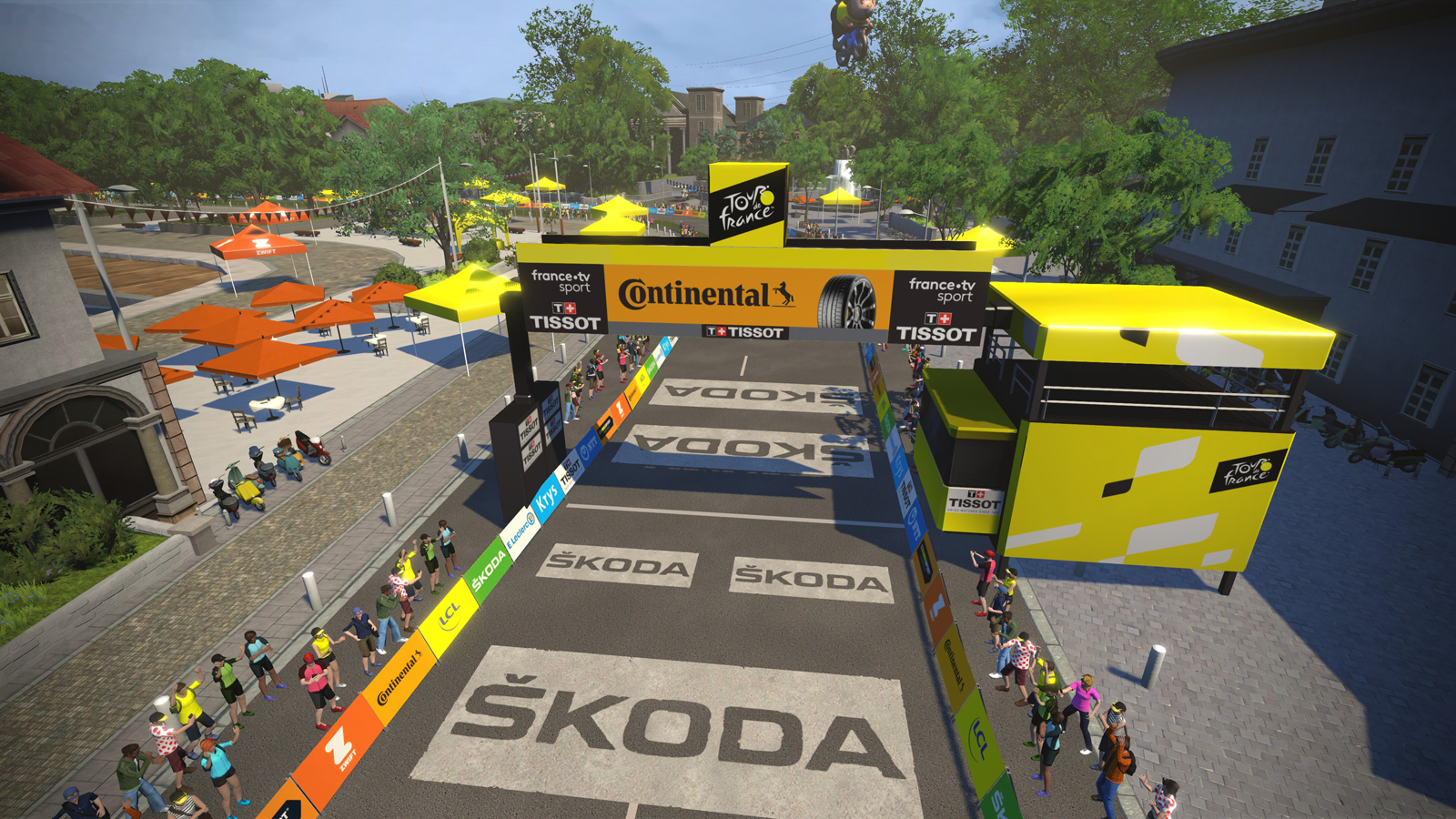
4. Course selection and equipment
Just like in real life, knowing the course and selecting the appopriate equipment can make all the difference to your result. "There's no substitute for quality time on the bike and knowing the race course makes all the difference," says Servio Medina, a racer from VA, USA, with 225 races.
The shorter races place an increased emphasis on the key selections. Different surfaces have varying rolling resistance and significantly affect your speed. In-game equipment choices with varied performance characteristics, like weight, aerodynamics, and drag, are an added dimension.
Knowing where they are, what to use, and having a plan is Casey Ferguson's advice. "Map awareness for critical climbs. Breaks happen everywhere, but climbs are where they occur most often and at the highest intensity."
Different rider types excel on courses that suit their strengths, and there is always a time trial, flat race, punchy course, or hill climb not too far away on the Zwift racing schedule.
5. Convenience and cost
The convenience and accessibility of good-quality racing on Zwift stand out. Cyclists of all levels can scratch their competitive itch from the safety and comfort of their homes countless times a day.
Virtual cycling comes with a relatively high start-up cost but is not significantly different from real-life. However, once you make the initial investment, you spend much less of your hard-earned money on entering races.
Since becoming an indoor specialist, my yearly expenditure on upgrades, entry fees, travel, and hospital co-pays has decreased dramatically.
6. Technology
The dreaded WiFi-dropout is Zwift racing's version of a mechanical, and it comes with all of the agonies of real racing but without neutral support. However, once a racer is dialled-in, they can use technical knowledge to their advantage.
"A short burst of power going into and through a corner or before the base of a roller can gain several spots and help you keep in touch with the leaders," notes Jason Soza.
A keen awareness of the lag time between when you apply force to the pedals and when it powers your avatar is one way. Widely accepted to be about three seconds, working the difference into your timing calculations can make the difference between making or breaking.

7. Assessing the competition
Knowing what you're up against is another vital component of racing success - real and virtual - and where Zwift stands out.
"If you really want to race, studying up on your opponents in Zwift Power is an important step," says Walt Flood of IL, USA, a Zwifter with over 300 races.
ZwiftPower.com is a one-stop resource for most things Zwift racing. Racers can research races, find competitors and track their results, but it's distinct in the ability to monitor and analyze data.
Short of standing with your back to the start line and asking your competitors to surrender their Garmins for a quick peak, there's nothing as assimilatable in real racing. Zwift racers can see where they stack up against all data metrics and their opponent's critical power curve in a few clicks.
8. Cheating
A few clicks are all it took to get an untrue advantage in Zwift racing's infancy. The negative stigma was well-earned, but Zwift has worked hard to level the playing field, and it's working.
There is cheating at all levels of every sport, but the blatant examples are few and far between. Auto-categorization puts riders up against racers of similar ability.
Zwift representative Chris Snook adds, "We have the most robust anti-cheating system of any platform. We have already caught and issued suspensions to a number of individuals, and continue to innovate and evolve our systems and processes to catch others."
ZADA, the Zwift Anti-Doping Agency, has a strict hold on the standards of elite-level competition. Zwift is highly protective of its highest level of racing, and there is an emphasis on its evolution. The statement may sound foolish in light of current events, but it’s a sign that the system works, but it’s not perfect. None are.
9. Innovation
The Zwift Grand Prix, the latest iteration of elite e-racing, is an extension of Zwift's Premier Division, but with groundbreaking innovation. Many baulked at the new format offered by the Hammer Series in 2017 and even the gravel world championships in 2022, and though some may say it's for good reason, it's evidence that real-world cycling racing is rooted in tradition.
Former #1 Zwifter Liz Van Houweling said, "The Zwift Grand Prix may take some time to find its groove, but exciting times are undoubtedly ahead. I believe this will significantly enhance the sport, and I’m honoured to be a part of this evolution as e-sports becomes its own unique discipline."
The six-round series has seen five never-before-seen formats. Zwift is forging forward to solidify virtual cycling as a stand-alone racing discipline, and it has the cooperation of the UCI.
10. World Championships
A traditional tenet of road racing that will never change is a racer's quest for a World Championship.
Lennert Teugels, a pro on the road for Bingoal Pauwels Sauces WB and at the pinnacle of e-sports greatness, revealed, "For sure, the UCI Worlds is the biggest thing in e-sports, and it’s my biggest goal to get that jersey once in my life. We will see! If not, it can be an objective for after my professional road career.”
The race will be a blaring departure from tradition, featuring a three-race made-for-e-sports format. The first two are 25-minute scratch races, a punchy rolling route, and a hill climb to whittle the field from 100 to 13. The 2023 UCI Cycling Esports World Champion will be the last racer standing after a 15-minute elimination race.
Final point: The racers make the race
The racers make the race, and that is a tradition that transcends cycling itself. There is no shortage of passion for pushing the pedals in anger despite where you are while doing it or even if you are moving while you do. I’m an indoor specialist and I’m proud of it. There is still a lot to learn.
A physical therapist with over 25 years of experience, Christopher Schwenker is on a journey to give back to the cycling community for rewarding experiences and fulfilling relationships through the pages of his virtual cycling blog, The Zommunique’, and his cycling-related non-profit, The DIRT Dad Fund.
